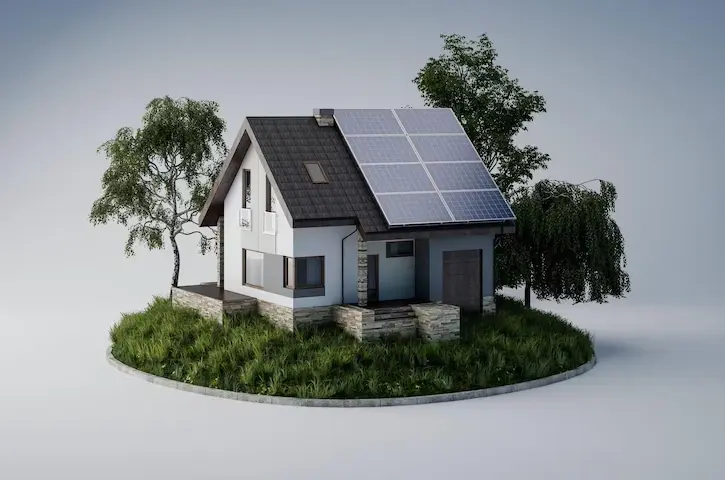Introduction
With the growing emphasis on renewable energy sources, many Australians are curious about the feasibility of powering their homes using solar energy. One common question that arises is, “Can a 10kW solar system run a house in Australia?” This comprehensive guide aims to shed light on this question and provide valuable insights into the potential of solar power for residential use. From the benefits of solar energy to system sizing considerations, we’ll cover it all.
Can a 10kW Solar System Run a House in Australia?
A 10kW solar system has the potential to power a house in Australia, depending on several factors. These factors include the energy consumption of the household, geographical location, weather conditions, and the efficiency of the solar panels. In areas with ample sunlight, such as Queensland and Western Australia, a 10kW solar system can generate a significant amount of electricity.
Factors Affecting Solar System Performance
- Household Energy Consumption: The energy needs of a household play a crucial role. A larger household with higher electricity consumption may require a larger solar system to meet its energy demands.
- Geographical Location: Australia’s diverse geography means that solar irradiance levels vary across regions. Sunnier areas can generate more energy, making them ideal for solar installations.
- Panel Efficiency: The efficiency of solar panels impacts the system’s overall performance. High-quality panels can convert more sunlight into electricity.
Benefits of Using a 10kW Solar System
Harnessing solar energy offers various benefits to homeowners:
- Reduced Electricity Bills: Solar power can significantly reduce your monthly electricity bills by generating your own clean energy.
- Environmentally Friendly: Solar energy is renewable and doesn’t produce greenhouse gas emissions, contributing to a greener planet.
- Potential for Feed-in Tariffs: Excess energy generated by your solar system can be fed back into the grid, earning you credits or payments.
- Low Maintenance: Solar panels require minimal maintenance, leading to long-term savings.

System Sizing Considerations
Determining the right system size involves evaluating your energy needs and available roof space. A 10kW solar system typically consists of around 30-40 solar panels. It’s essential to consult with solar experts to accurately size your system based on your household’s specific requirements.
Can a 10kW Solar System Cover Nighttime Energy Needs?
While a solar system generates energy during the day, it doesn’t produce electricity at night. To power your house around the clock, you’ll need a solar battery storage solution. This allows you to store excess energy generated during the day for use at night.
Overcoming Cloudy Days and Seasonal Changes
Australia’s weather can be unpredictable, with cloudy days and seasonal variations in sunlight. While a 10kW solar system may produce less energy on such days, it can still contribute significantly to your overall energy needs.
FAQs
Yes, a 10kW solar system has the capacity to power air conditioning, but the feasibility depends on your overall energy consumption and the efficiency of your air conditioning unit.
The cost can vary based on factors like panel quality and installation fees.
The payback period varies depending on factors such as energy consumption, system efficiency, and local electricity rates. It generally ranges from 3 to 7 years.
Yes, most solar systems can be easily expanded by adding more panels. However, it’s essential to consult with professionals to ensure compatibility and optimal performance.
Yes, the Australian government offers various incentives and rebates for installing solar systems, such as the Small-scale Renewable Energy Scheme (SRES).
Solar panels require minimal maintenance. Occasional cleaning to remove dirt and debris and an annual professional inspection are usually sufficient to keep the system running efficiently.
Conclusion
In conclusion, a 10kW solar system can indeed run a house in Australia, provided that it’s properly sized, taking into account energy consumption, geographical location, and panel efficiency. While it may not cover night-time energy needs without a storage solution, its potential to reduce electricity bills and contribute to a sustainable future makes it a compelling choice for homeowners. By understanding the factors that influence solar system performance and considering your household’s energy requirements, you can make an informed decision about embracing solar energy.

